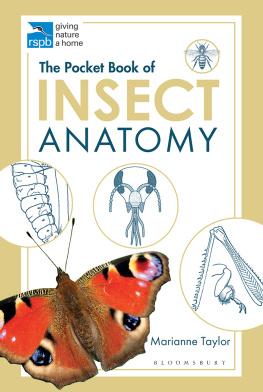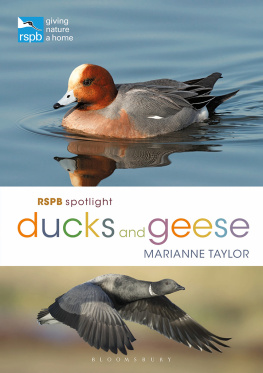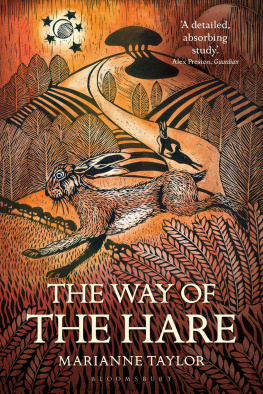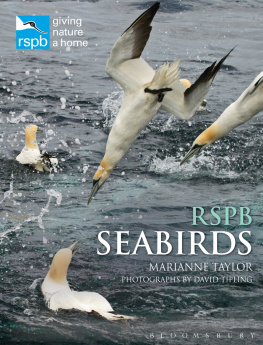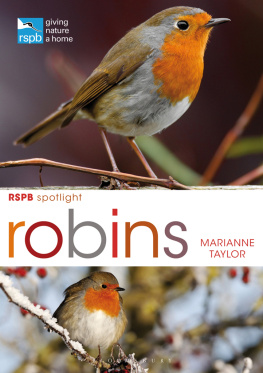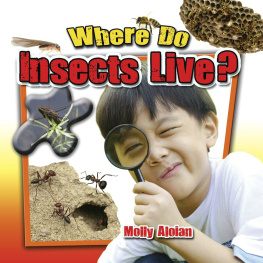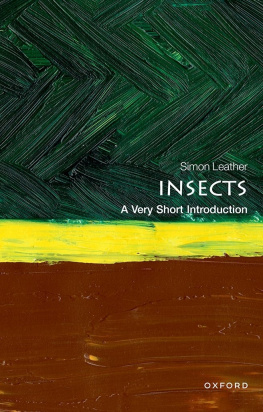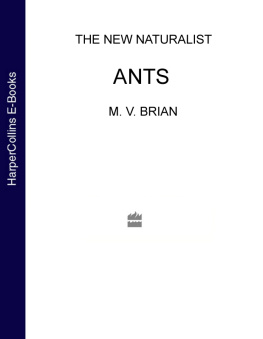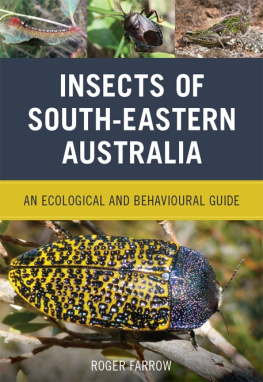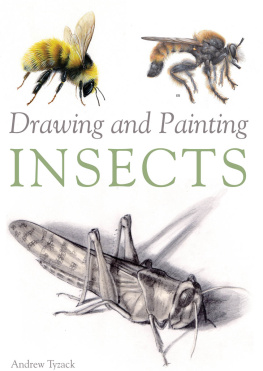BLOOMSBURY WILDLIFE
Bloomsbury Publishing Plc
50 Bedford Square, London, WC1B 3DP, UK
This electronic edition published in 2020 by Bloomsbury Publishing Plc
BLOOMSBURY, BLOOMSBURY WILDLIFE and the Diana logo are trademarks of Bloomsbury Publishing Plc
First published in Great Britain 2020
Copyright text and illustrations UniPress Books Limited, 2020
For legal purposes, the constitute an extension of this copyright page
All rights reserved
You may not copy, distribute, transmit, reproduce or otherwise make available this publication (or any part of it) in any form, or by any means (including without limitation electronic, digital, optical, mechanical, photocopying, printing, recording or otherwise), without the prior written permission of the publisher. Any person who does any unauthorised act in relation to this publication may be liable to criminal prosecution and civil claims for damages.
Bloomsbury Publishing Plc does not have any control over, or responsibility for, any third-party websites referred to or in this book. All internet addresses given in this book were correct at the time of going to press. The author, copyright holder and publisher regret any inconvenience caused if addresses have changed or sites have ceased to exist but can accept no responsibility for any such changes.
A catalogue record for this book is available from the British Library
ISBN: 978-1-4729-7687-1 (PB)
ISBN: 978-1-4729-7688-8 (eBook)
ISBN: 978-1-4729-7689-5 (ePDF)
Conceived, designed and produced by UniPress Books Limited
To find out more about our authors and their books please visit www.bloomsbury.com where you will find extracts, author interviews and details of forthcoming events, and to be the first to hear about latest releases and special offers, sign up for our newsletters.

For all items sold, Bloomsbury Publishing will donate a minimum of 2% of the publishers receipts from sales of licensed titles to RSPB Sales Ltd, the trading subsidiary of the RSPB. Subsequent sellers of this book are not commercial participators for the purpose of Part II of the Charities Act 1992.

CONTENTS



INTRODUCTION
Across the great and varied sweep of life on Earth, insects stand out as one of the greatest success stories. Most invertebrate animals live in the oceans and fresh waters, but insects have truly conquered the land, and (as the only winged invertebrates that have ever lived) they have also mastered the air. This mastery comes courtesy of a basic anatomy that meets the challenges of life out of water, and thanks also to countless anatomical modifications that allow insects to thrive in so many different habitats and ecological niches.
For all their fabulous variety, insects have the same fundamental body-plan, which allows them to be recognised at a glance. The segmented body has three distinct sections: the head, the thorax and the abdomen. There are six legs and (usually) two pairs of wings attached to the thoracic segments, and there are obvious eyes and various sensory and feeding appendages on the head. Whether the insect crawls, runs, climbs or hangs, whether it flies with a rattling zoom, a buzz or a flutter, whether it hunts prey, chews leaves or sucks nectar (or blood), it does so with its own version of the same physical equipment that first evolved more than 350 million years ago.
One of the keys to insects success in the open air lies in their outer covering a waxy cuticle that helps prevent their tiny bodies from dehydrating. To take oxygen from the air, they use spiracles breathing apertures in the body segments, which take in air passively and can be opened and closed as needed. Instead of blood contained in vessels, they have free-flowing haemolymph, which helps keep their bodies rigid and aids movement, as well as transporting nutrients and waste materials to the appropriate parts of the body. The nervous system is modular in a sense, each of the body segments has its own individual and autonomous brain and some other body systems show a similar modularisation. These are just a few of the many ways in which insect bodies are structured and function completely differently to our own, though it is the process of complete bodily metamorphosis, from worm-like larva to winged adult, that astounds us most of all.

A spectacular Spiny Flower Mantis exhibits its eye-spot wing markings, to startle a predator.

The male Stag Beetle is a fighting machine his huge jaws are for wrestling a rival rather than biting.
ENDLESS FORMS MOST BEAUTIFUL
There are well over a million species of insects known to science today, and probably many more that are as yet undiscovered. They have adapted to live on every continent and in every kind of environment, fulfilling an array of ecological roles. Some are our constant companions a few are even domesticated for our use and others are our sworn enemies, but the vast majority are almost unknown to most of us. This book aims to unravel the mystique of insects how their bodies work, how they lead their lives, and how deeply and completely the lives of other organisms on Earth (including ourselves) depend on them.

The Madagascan Sunset Moth is noted for its long migrations as well as its dazzling colours.

ANCESTORS AND EVOLUTION
Insects are the most successful and diverse of all land animals. Their long evolutionary history has furnished them with uniquely adaptable bodies, capable of thriving in all environments. They have survived five mass extinctions and many species have even surmounted the greatest challenge of all successfully surviving alongside humanity.

Trilobites were ancient arthropods and cousins to the insects their segmented structure has proved an enduringly successful body plan.
RISE OF THE ARTHROPODS
Insects are invertebrate animals belonging to the larger group Arthropoda, meaning jointed feet. Their bodies also have moveable joints at certain points on their rigid outer shell.

